The universe is filled with galaxies that stretch back to its very beginnings, offering glimpses into the formation of stars and cosmic structures billions of years ago. Some of the oldest known ones were formed only a few hundred million years after the Big Bang, giving astronomers valuable insight into the early stages of galaxy evolution. Through advanced telescopes like the Hubble and the James Webb Space Telescope, we can observe these distant galaxies and better understand the universe’s early history. Each of these reveals a piece of the puzzle, helping us explore how the cosmos developed over billions of years.
SXDF-NB1006-2

SXDF-NB1006-2 is estimated to be 12.91 billion years old, forming around 800 million years after the Big Bang. This galaxy, discovered in 2012 using the Subaru and Keck telescopes, is located at a redshift of 7.215. It is classified as a Lyman-alpha emitter, a type of galaxy known for emitting ultraviolet light from young stars. One of its most significant features is the detection of oxygen within it, discovered using the Atacama Large Millimeter/submillimeter Array (ALMA) in Chile. The presence of oxygen so early in the universe’s history provides critical insight into the evolution of chemical elements shortly after the Big Bang. It is relatively distant from Earth, and its study has helped astronomers piece together the early stages of star formation. Its detection also aids in understanding how galaxies in the reionization epoch developed heavy elements. The discovery of oxygen in this galaxy has profound implications for understanding the formation of the first generations of stars.
B14-65666
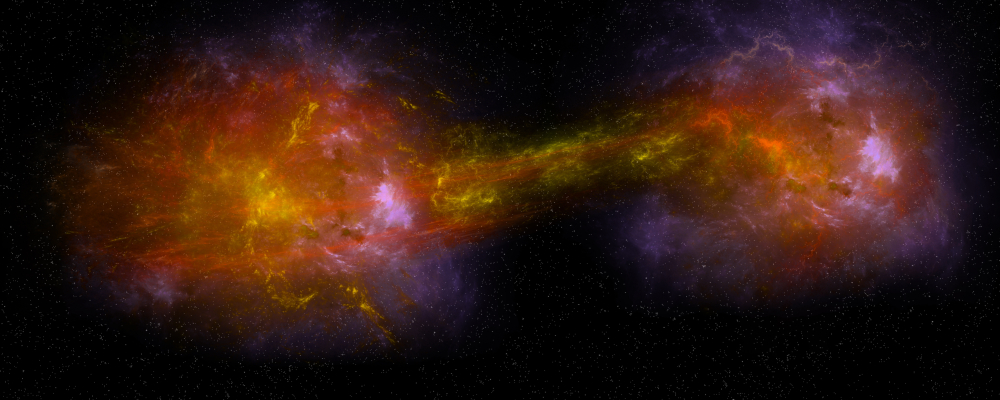
B14-65666 is another galaxy that ranks among the oldest, forming around 13.1 billion years ago, about 700 million years after the Big Bang. It was discovered using the ALMA (Atacama Large Millimeter/submillimeter Array) and is located at a redshift of 7.15. It is notable for its dual stellar populations, indicating that it was experiencing active star formation in two different regions at the time of observation. Its structure suggests that it may be undergoing a merger, which is rare for such an early galaxy. Its discovery has provided astronomers with valuable data on how galaxies grew and interacted in the early universe, shedding light on the processes that shaped today’s cosmic landscape. The presence of multiple star-forming regions in it suggests that galaxy mergers may have been more common in the early universe than previously thought.
z8_GND_5296

z8_GND_5296 is an ancient galaxy that formed approximately 13.1 billion years ago, around 700 million years after the Big Bang. This dwarf galaxy, located at a redshift of 7.51, was discovered in 2013 using the Multi-Object Spectrometer for Infra-Red Exploration (MOSFIRE) at the Keck Observatory. Despite its small size compared to galaxies like the Milky Way, it is incredibly bright, with a high rate of star formation. Its discovery was vital in understanding early galaxy evolution and the rapid pace at which stars began to form during this period. It also provided insight into the formation of galaxies during the reionization epoch, contributing to the growing body of knowledge on cosmic history. Its brightness and distance make it a crucial object for studying the early universe. It helped demonstrate that star formation began earlier and faster than previously thought, challenging older cosmic models.
EGS-zs8-1
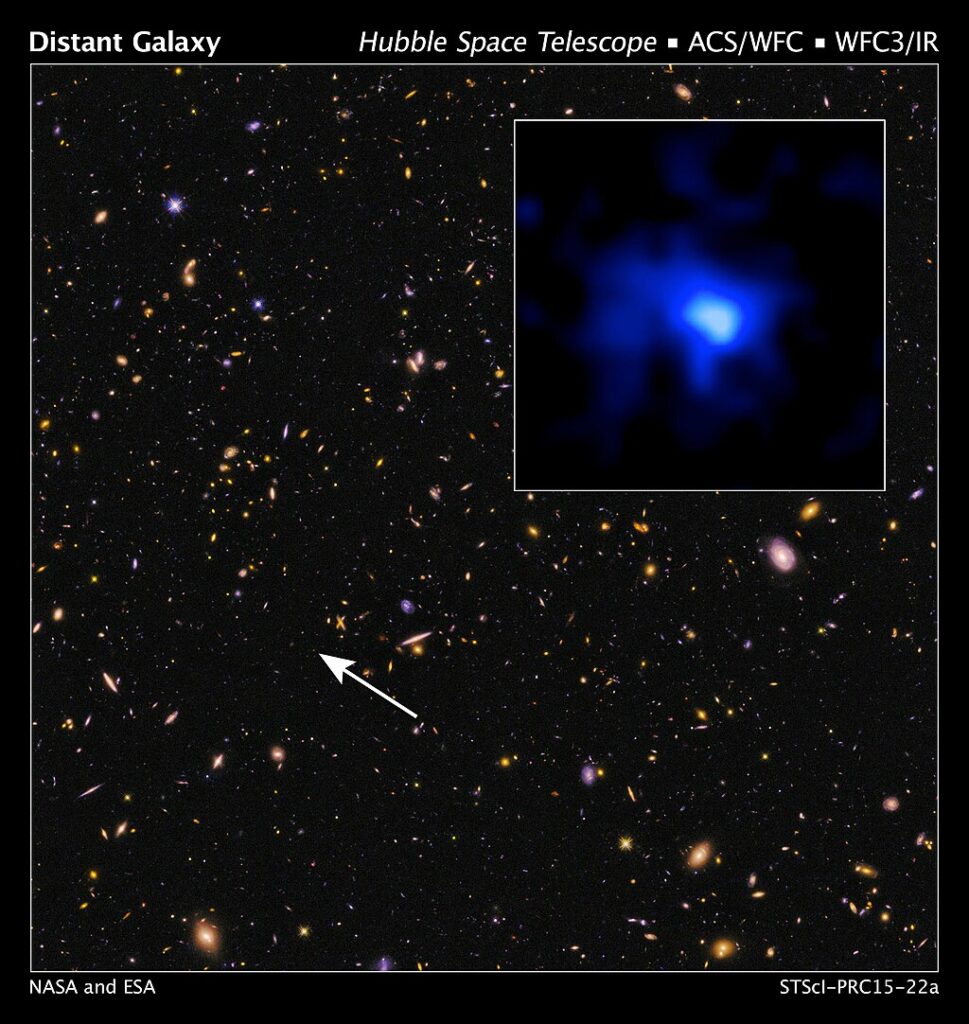
EGS-zs8-1, discovered in 2015, is approximately 13.13 billion years old, forming 670 million years after the Big Bang. Located at a redshift of 7.73, it is a Lyman-break galaxy known for absorbing specific ultraviolet wavelengths. It is one of the most massive early galaxies, with a star formation rate 80 times that of the Milky Way. Its discovery has been crucial in understanding the early stages of galaxy formation, particularly during the reionization epoch. Using the Hubble and Spitzer Space Telescopes, astronomers have been able to gain insights into how galaxies grew and evolved in these early cosmic times. Its high rate of star formation makes it a vital subject for studying the formation and growth of galaxies in the young universe. It continues to provide valuable data on how large galaxies like the Milky Way eventually formed from smaller, earlier galaxies.
EGSY8p7
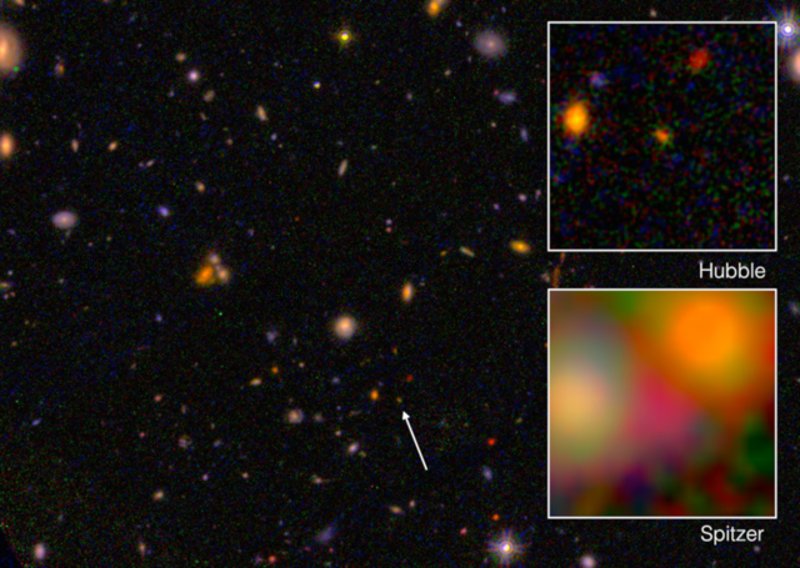
EGSY8p7 is estimated to be 13.2 billion years old, having formed about 570 million years after the Big Bang. Discovered in 2015, it was initially the most distant galaxy known, located at a redshift of 8.68. Its significance lies in its strong Lyman-alpha emissions, which were unexpected at such an early time in the universe, as these emissions should have been absorbed by surrounding hydrogen. It was observed using the Keck Observatory, and its discovery has contributed to a deeper understanding of star formation and galaxy evolution in the early universe. Its high redshift and strong emissions are a subject of interest for scientists studying how light behaved in the universe’s infancy. This discovery helped reshape our understanding of how galaxies formed and emitted light in the early universe, pushing the boundaries of what was thought possible. Its unusually strong emissions provide important clues about the interaction between light and matter during the first few hundred million years after the Big Bang.
MACS0647-JD
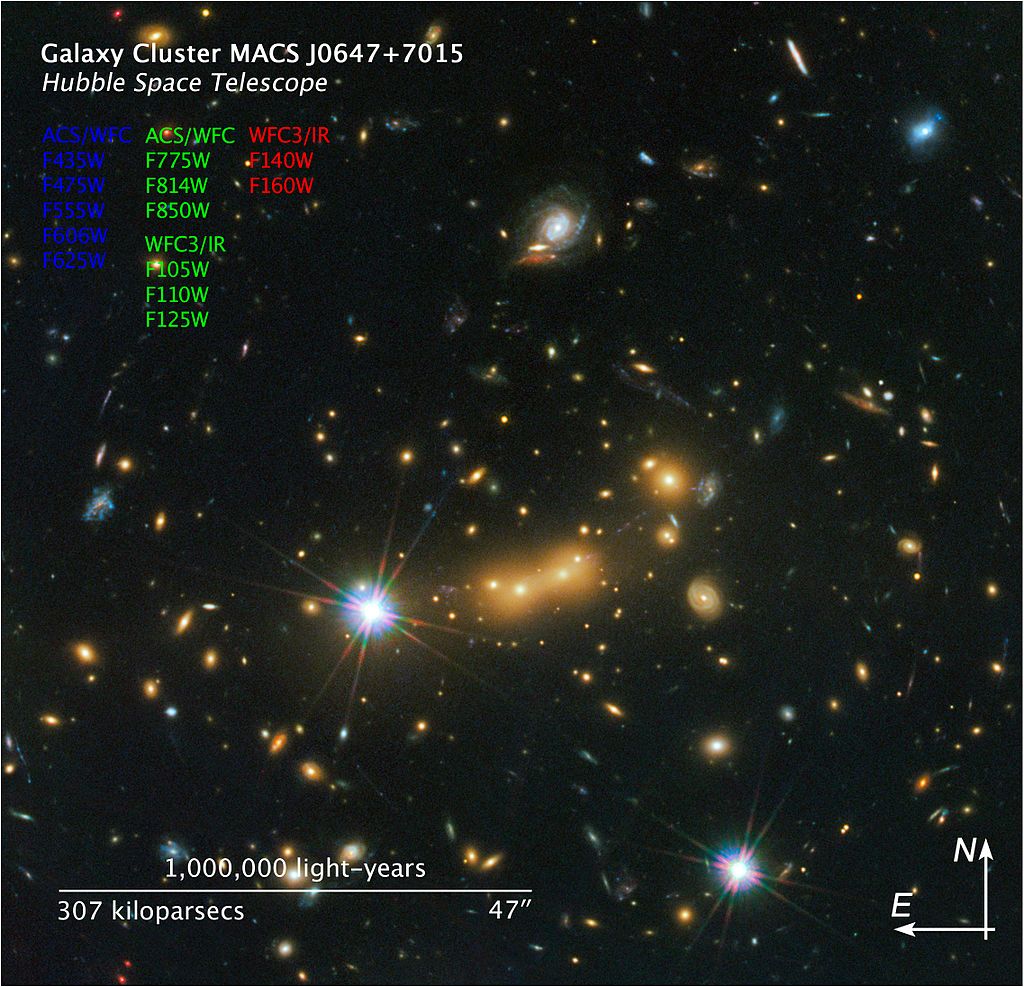
MACS0647-JD is one of the most ancient galaxies, estimated to have formed about 13.3 billion years ago, around 420 million years after the Big Bang. Discovered in 2012 using the Hubble Space Telescope, it is located at a redshift of approximately 10.7. It is a relatively small galaxy, but its significance lies in its extreme distance and age. Its discovery has provided astronomers with new insights into how early cosmic structures formed and evolved. Due to its small size, it is considered a prime candidate for studying the early phases of galaxy formation, offering clues about how the universe began to develop complex structures. Its brightness despite its small size is intriguing and continues to challenge existing models of early star formation. Its detection adds to our understanding of the variety of galaxy sizes and growth rates that existed in the early universe.
GN-z11
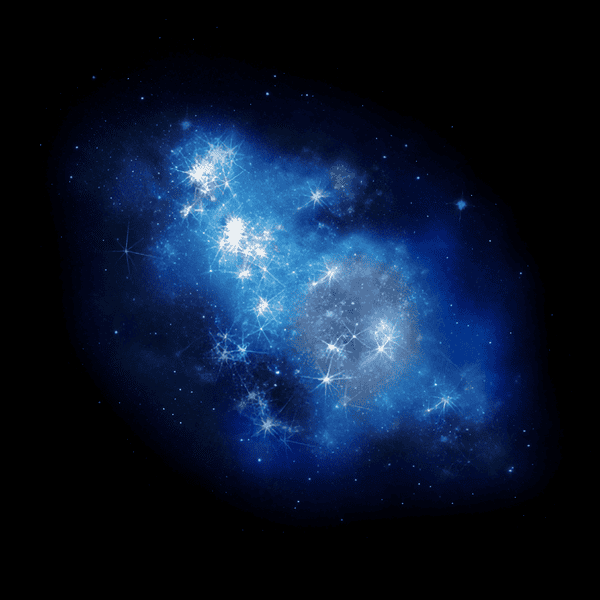
GN-z11, the oldest known galaxy, is approximately 13.4 billion years old, having formed about 400 million years after the Big Bang. Discovered in 2016 using the Hubble Space Telescope, it holds the record as the most distant galaxy ever observed, with a redshift of 11. Its distance from Earth is around 32 billion light-years due to the universe’s ongoing expansion. Its brightness and relative size provide essential data on how early galaxies formed and evolved. The discovery of GN-z11 revealed that galaxy formation occurred much sooner than previously believed, reshaping models of cosmic history. Its formation during the reionization epoch is crucial for understanding the birth of the first stars and galaxies.
HD1
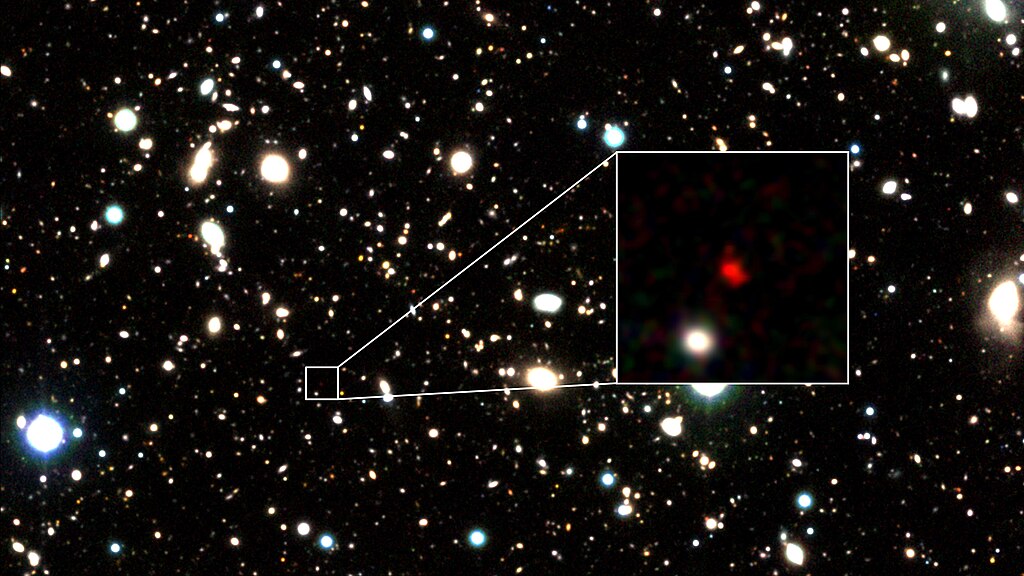
HD1 is a recently discovered galaxy thought to be about 13.5 billion years old, making it one of the oldest galaxies ever found. Discovered in 2022, it could be located at a redshift of around 13, meaning its light has been traveling to Earth for about 13.5 billion years. The detection of HD1 has sparked significant interest due to its extreme distance and potential insights into early star formation and black hole activity. One of the key questions surrounding it is whether it might harbor a population of Population III stars, which are theorized to be the first stars formed in the universe. Alternatively, it could host an active supermassive black hole, adding to its intrigue. Its discovery highlights the importance of next-generation telescopes like the James Webb Space Telescope in revealing the deepest and most distant parts of the universe.
GLASS-z13
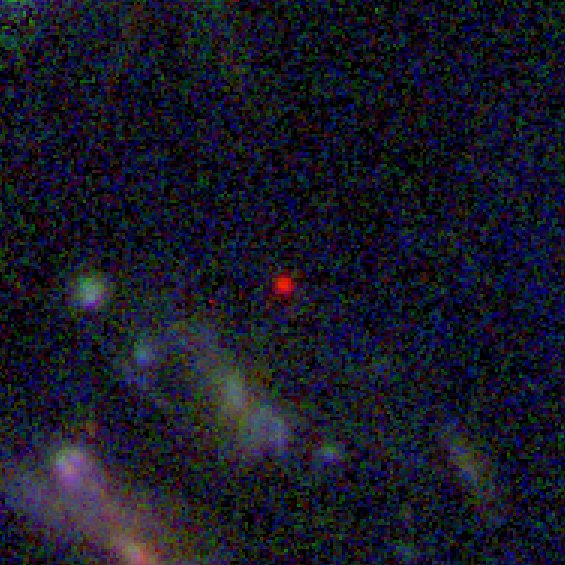
GLASS-z13, identified in 2022 by the James Webb Space Telescope, is estimated to be 13.5 billion years old. Formed just 300 million years after the Big Bang, it is located 33 billion light-years away due to the universe’s expansion. It has a redshift value of 13.1, pushing the boundaries of how soon galaxies could form after the universe’s inception. Discovered during the GLASS-JWST Early Release Science Program, it offers astronomers a deeper look into the star formation process during the universe’s infancy. Its high star formation rate and surprising luminosity for its age highlight that galaxies were evolving rapidly at this time. Its discovery represents a major milestone in the study of early cosmic structures. The existence of such a well-formed galaxy so early suggests that galaxies formed sooner after the Big Bang than previously believed.
JADES-GS-z13-0
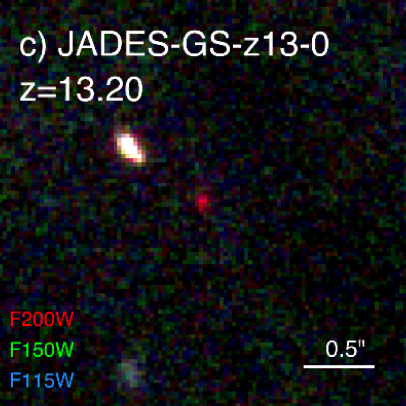
/ Wikimedia Commons
JADES-GS-z13-0 is one of the newest discoveries from the James Webb Space Telescope, estimated to be 13.5 billion years old. It formed around 320 million years after the Big Bang, making it one of the oldest and most distant objects ever observed. Located at a redshift of 13.2, it helps astronomers study the rapid formation of stars in the early universe. This galaxy, part of the JWST Advanced Deep Extragalactic Survey, is remarkably bright, providing key data about the conditions in which early galaxies evolved. Its star formation rate, high for such an ancient galaxy, demonstrates how quickly galaxies were able to grow and form in the early universe. Its discovery has pushed the boundaries of our understanding of early star formation and galaxy evolution.
This article originally appeared on Rarest.org.
More from Rarest.org
21 Forest Plants That Thrive in Low-Light Conditions

Forest floors are often shaded, but that doesn’t mean they’re barren. Many plants thrive in low-light conditions, adding greenery and life to the darkest corners of the woods. Read More.
11 Discontinued Toys from the `80s and `90s That Now Fetch High Prices

The toys from the ’80s and ’90s hold a special place in the hearts of collectors today. These iconic items, once seen in every household, have now become highly sought after due to their rarity and nostalgic appeal. Read More.
14 Rare Gemstones Found Only in Specific Regions
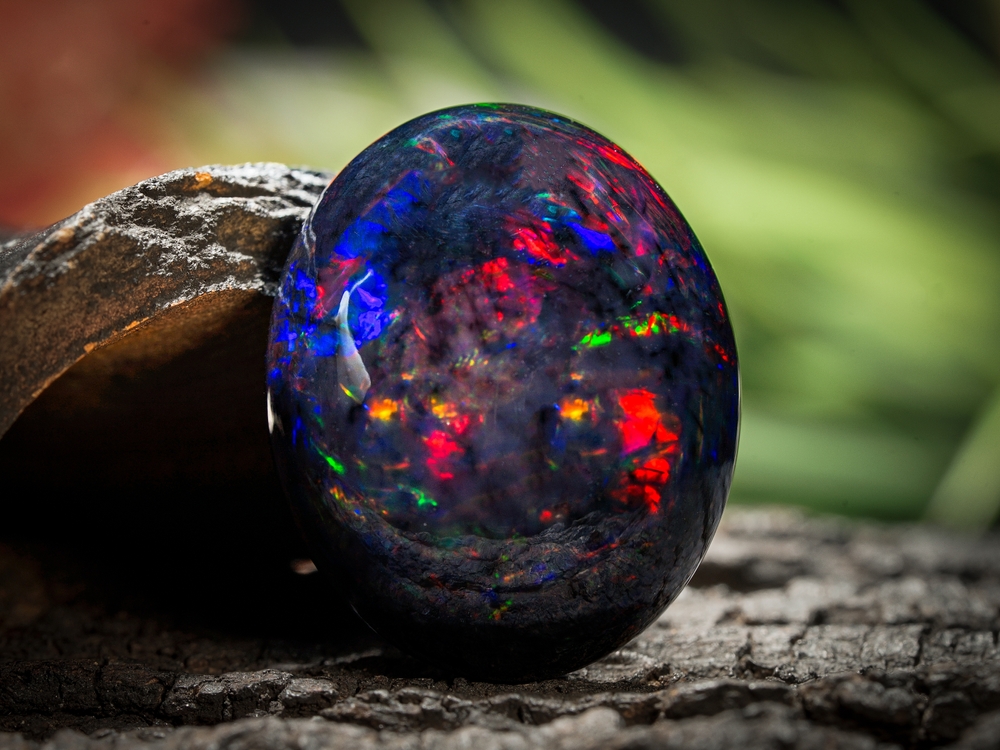
Rare gemstones hold a special allure, not just for their beauty but for their scarcity. Found only in specific regions around the world, these stones are prized by collectors and jewelers alike. The combination of unique geological conditions and limited supply makes each of these gems both valuable and captivating. Read More.
